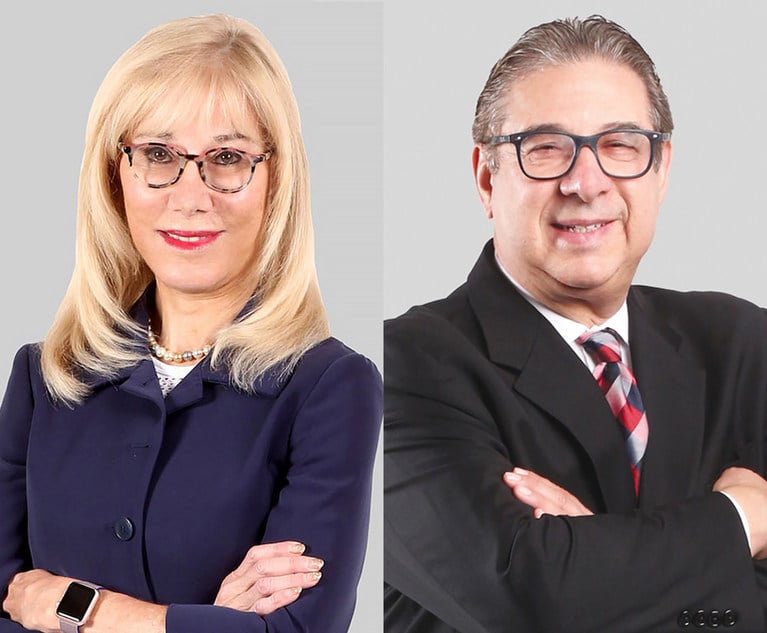After nearly 11 years of legal battles, the U.S. Supreme Court recently issued a decisive ruling in favor of Google over Oracle America, Inc., in a software copyright dispute. The decision, however, may have provided as many questions as answers—questions that a simple “Google search” likely won’t answer. Significantly, the court chose not to tackle basic issues regarding software code protection and infringement and, instead, emphasized the factually intense and judge-driven analysis of the fair use doctrine. In doing so, the court may have muddled the protection of software and left to the district courts the task of clarifying resulting disputes.
In the 6-2 ruling authored by the often-touted pragmatic Justice Stephen Breyer, the court held that Google’s use of roughly 11,500 lines of copyrighted Oracle code was defensible under the fair use doctrine. Google adopted the code at issue in order to integrate Oracle’s Java SE application programming interface (API) into an Android development environment for smartphone App programmers. While the copied code allows Android developers to use portions of Java’s preexisting declaring code in developing their own programs, the court found that Google’s contributions provided a new and transformative development platform and, therefore, qualified for fair use protection. Significantly, given Google’s use of the code in the smartphone marketplace, the court’s determination averted roughly $8.8 billion in liability asserted by Oracle.


 J. Alexander Hershey, left, and Bryon Chowka, right, of Clark Hill. Courtesy photos
J. Alexander Hershey, left, and Bryon Chowka, right, of Clark Hill. Courtesy photos




